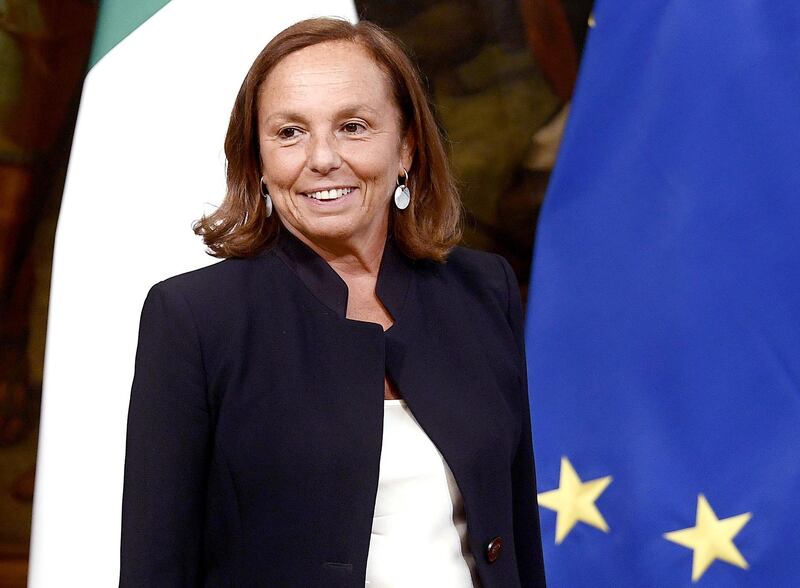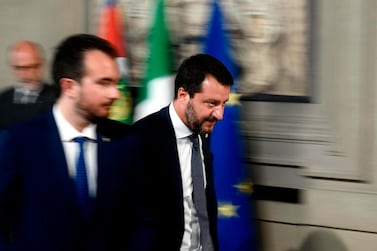The choice of technocrat Luciana Lamorgese as Interior Minister to deal with Italy’s migration crisis marks a significant break with the recent past.
Ms Lamorgese, an independent political operator, could hardly be more different than her right-wing predecessor Matteo Salvini.
A lifelong career civil servant, she was sworn into office on Thursday, a day after being appointed by Prime Minister Giuseppe Conte.
The unlikely alliance between the centre-left Democratic Party and the populist Five Star Movement under Mr Conte was forged to block the advancement to leadership of Mr Salvini, who was also deputy prime minister.
The leader of Italy’s far-right League party had used Italy's highly divisive migrant crisis to dominate the previous government.
Mr Salvini pushed his anti-immigration stance, posting relentlessly about the arrival of migrants on Facebook and Twitter.
But Ms Lamorgese does not have any social media presence.
"She is not part of the Twitterati," Francesco Galietti, chief executive of political risk consultancy Policy Sonar in Rome, told The National.
“She deals with the issues in very quiet and professional ways. She doesn’t want to make a spectacle of them."
Ms Lamorgese was chosen for the role because of her knowledge of the migrant crisis.
As one of the most senior civil servants in the Ministry of Interior under successive centre-right and centre-left governments, she dealt with the issue when migration to Italy reached its peak in 2015.
“She knows the machinery extremely well and she is very familiar with the issue of migrants,” Mr Galietti said.
But her appointment was not intended to completely depoliticise the issue of migration.
The appointment of Five Star leader Luigi Di Maio as Minister of Foreign Affairs may give a hint as to Italy’s new stance on migration.
“That's a role where you can do a lot of bilateral deals with the countries of origin such as Eritrea, Ethiopia, Mali and Chad, or countries that are used as a logistical springboard by migrants, such as Libya or Tunisia,” Mr Galietti said.
For charities operating rescue vessels in the Mediterranean, which were regularly demonised by Mr Salvini, Ms Lamorgese’s appointment offers little reason for optimism.
Five Star and the Democrats have pledged to keep Mr Salvini’s decree that introduced fines of up to €1 million (Dh4.1m) against operators of boats carrying migrants into Italian waters.
Axel Steier, the co-founder of the Germany's Mission Lifeline, said that only small changes were expected under the new government.
“It is possible there will be a change for the disembarkation which was denied in the past,” Mr Steier said.
He said Italian navy ships might now relieve rescue boats of migrants in international waters. But the rescue boats would still be barred from Italian waters.
“We can't get fuel, we can't get food," Mr Steier said. "Entry is denied so we have a logistical problem and we always have to go back to Spain or France, and this is far away."
His warnings over the delays in mission times were stark.
“People will die if we are not there,” Mr Steier said. “Directly, from our point of view, this policy kills people."







